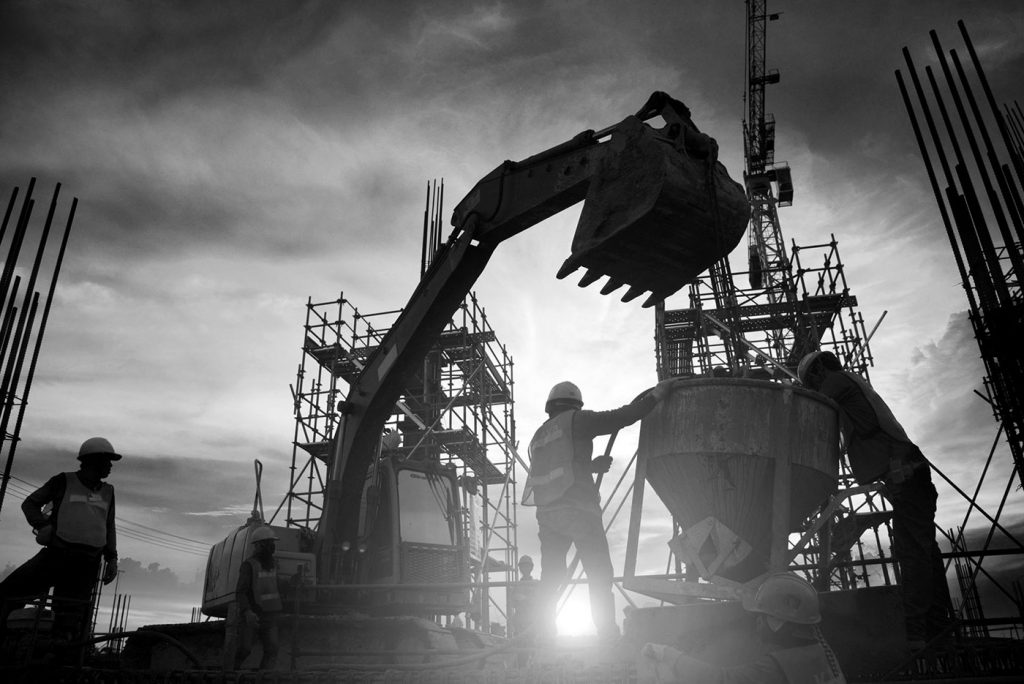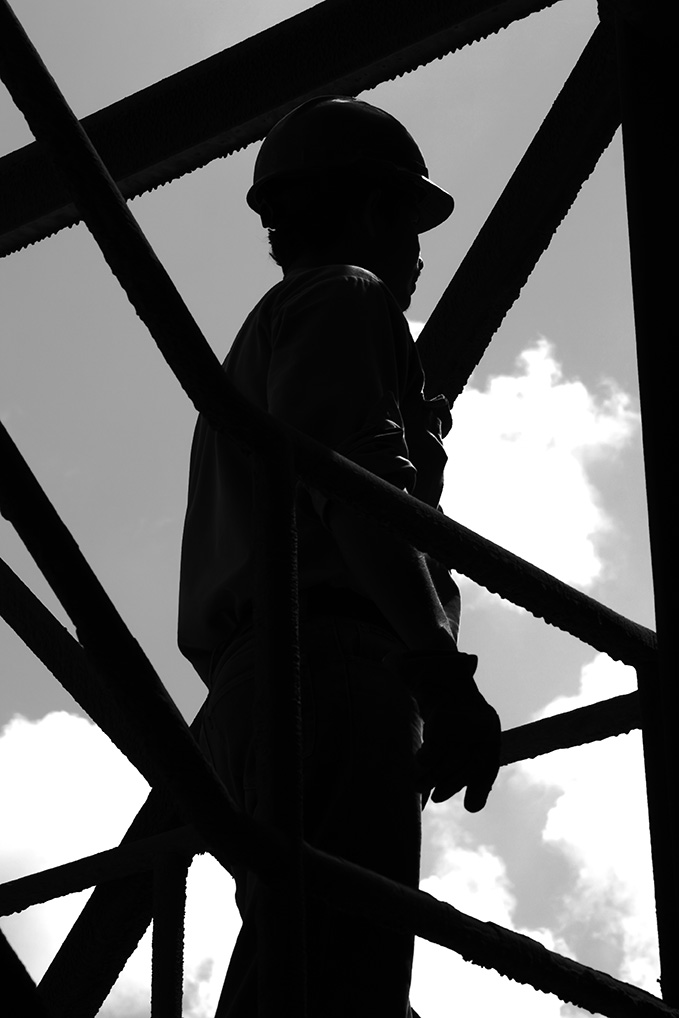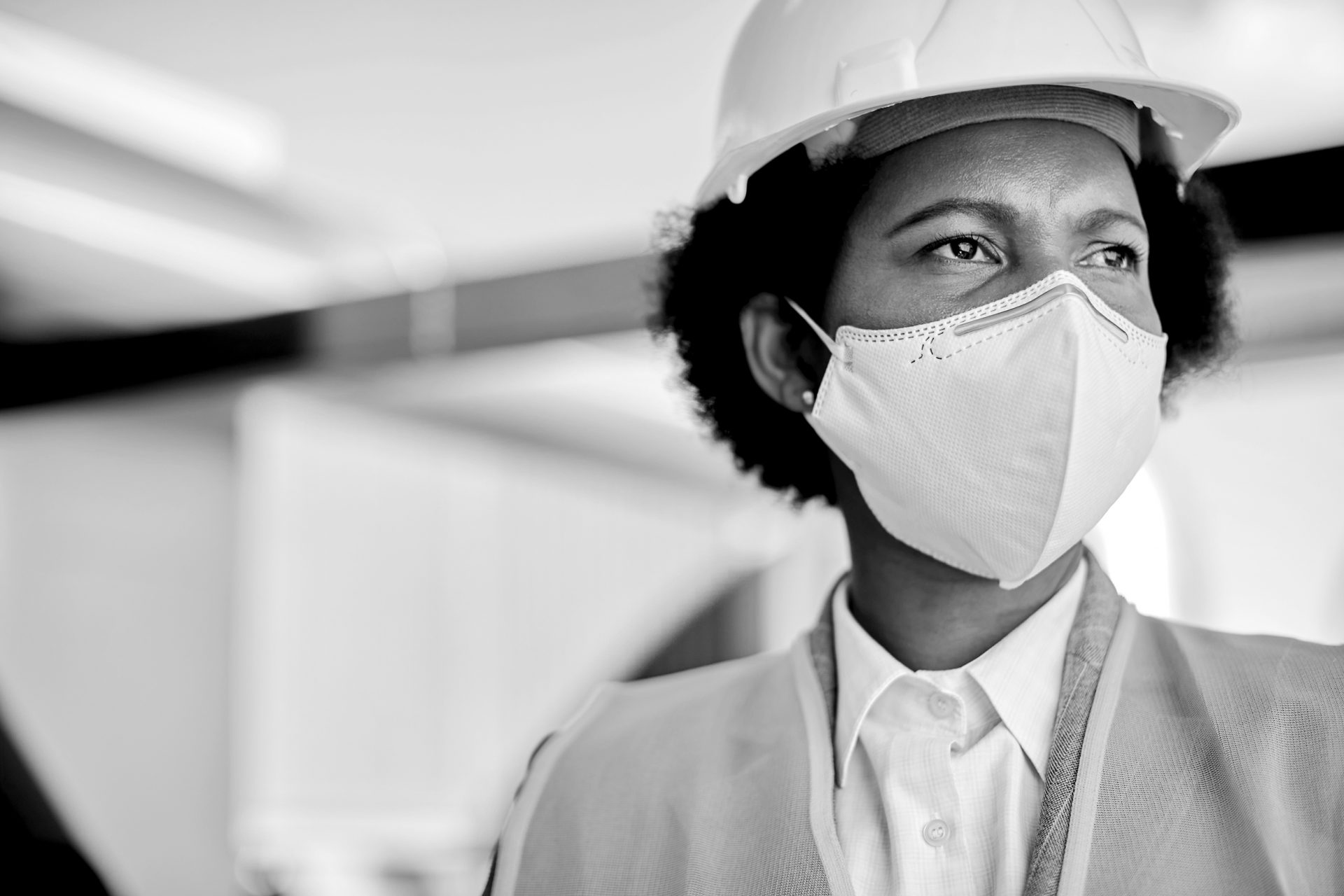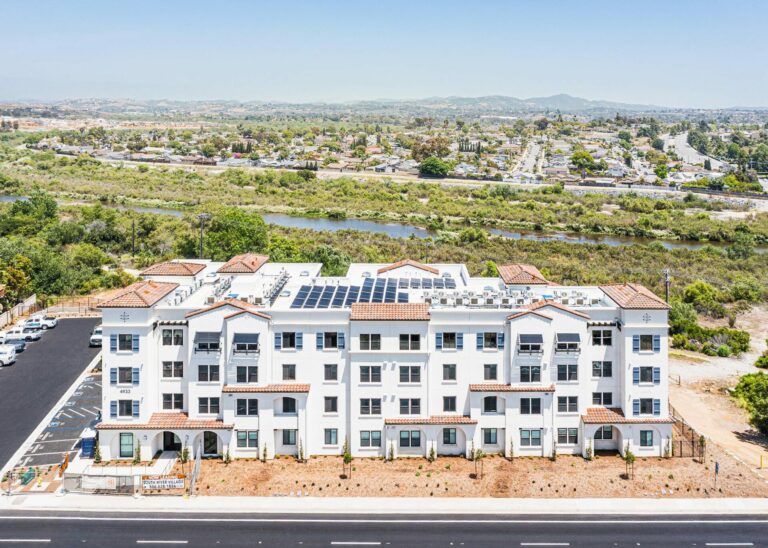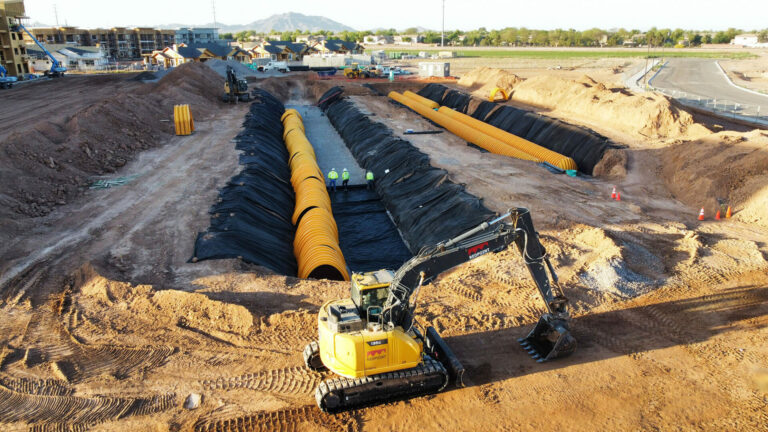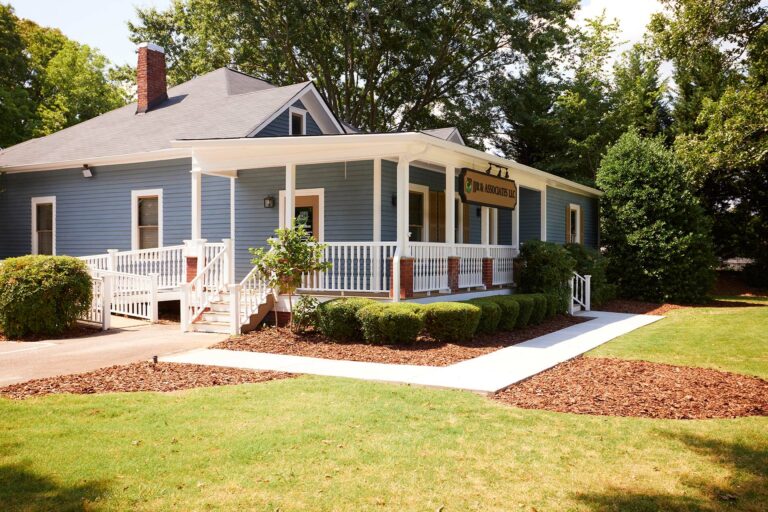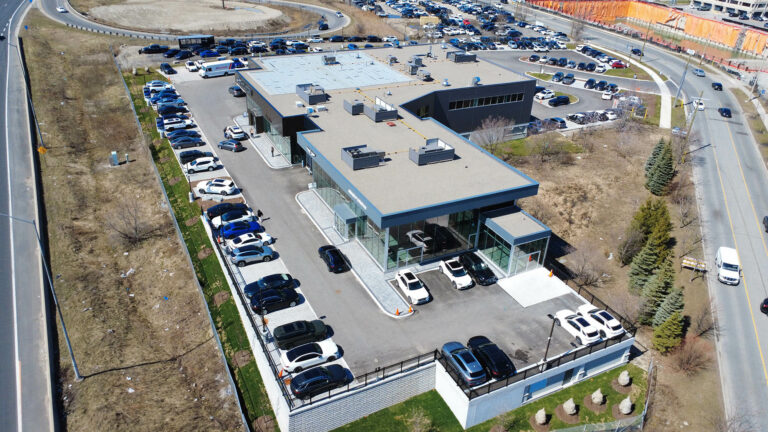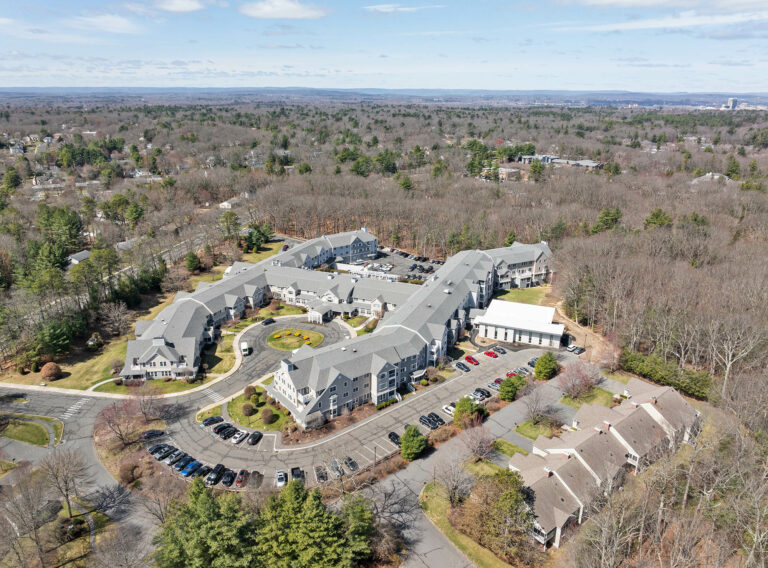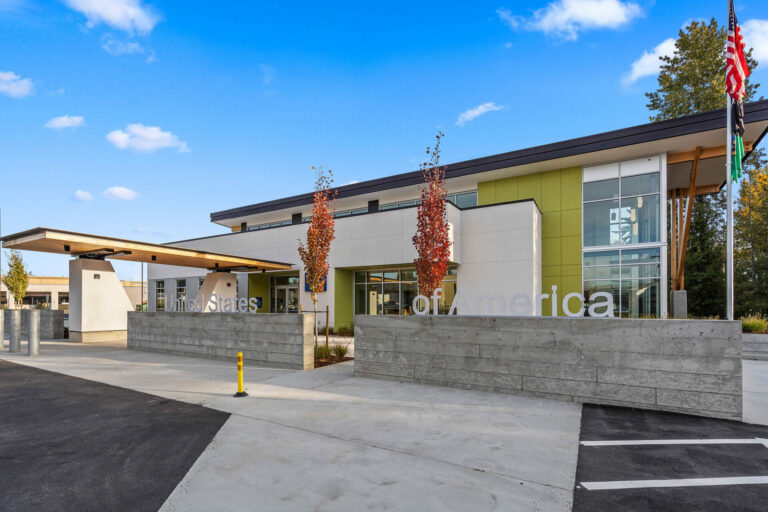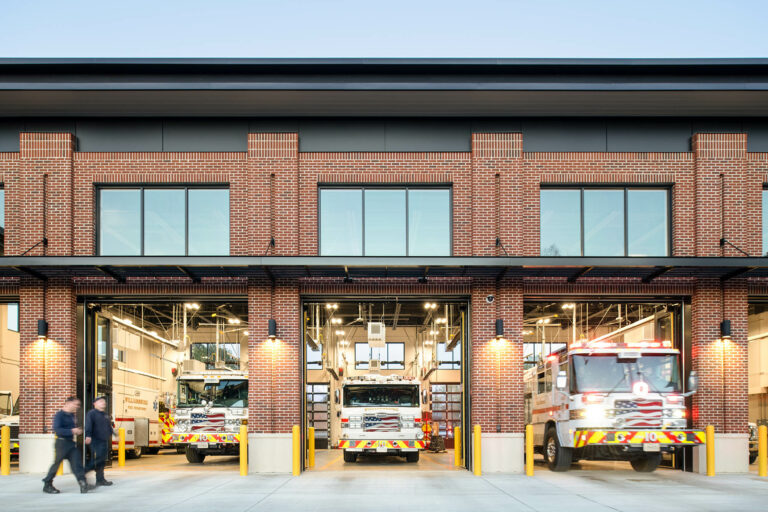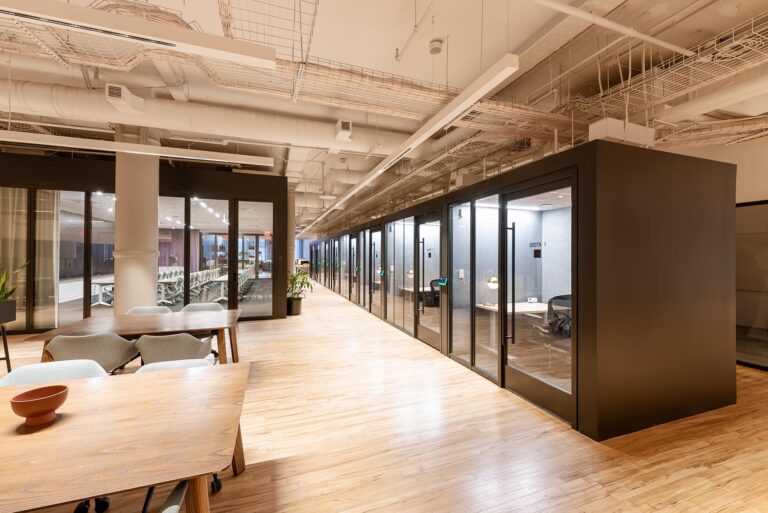2020 will be remembered as being one of the most destructive years in living memory; a time that decimated almost all facets of human existence. Notwithstanding the clear and devastating effects the pandemic has had on health and wellbeing, the global economy has had to perform something of a mindset shift and, in many instances, a full scale reset. Construction has, in some examples, been comparatively well equipped to manage the day-to-day challenges of COVID. Anecdotal evidence suggests that, being a predominantly outdoor profession, social distancing has not been a particular concern.
Unfortunately however, the macro view is considerably different and overall, the numbers tell a very different story. The North American economy is currently operating at 22% below pre-pandemic levels and the construction industry needs to be viewed within that context. Indeed, many analysts suggest that, without a broad and far reaching stimulus package, the industry will be one of the slowest to recover from this seismic shock. However, it is worth noting that, within subsets of the construction world, there are green shoots of recovery. With the new administration pushing forward with large assistance programs to aid the recovery process, the question is considerably more blurred than it might seem from the figures alone. Perhaps, as we move into the second half of 2021, there may be light at the end of this darkest of tunnels.
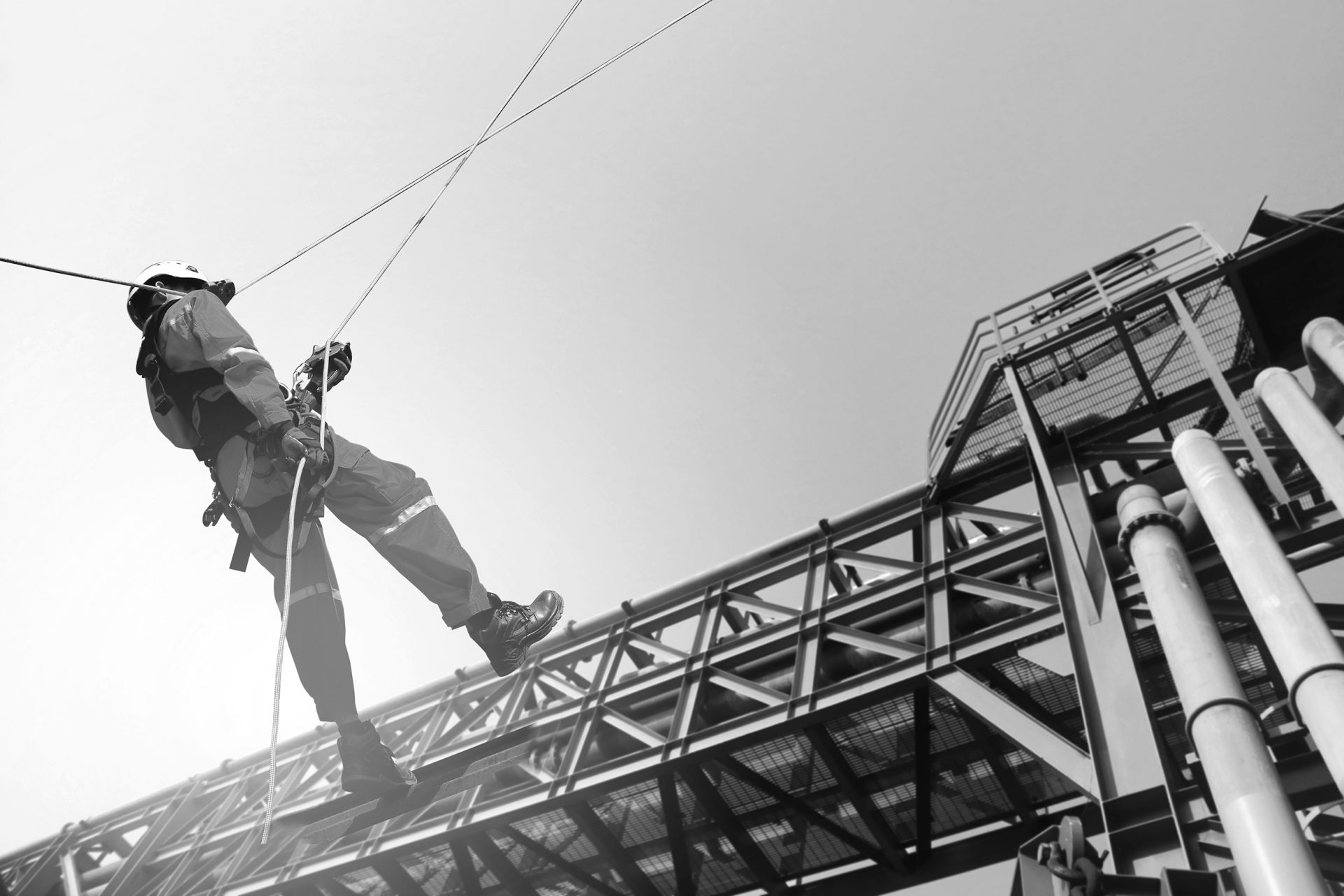
While even the most myopic of analysts couldn’t argue that last year was a success for the industry, what did become evident during end-of-year reports was that the residential and single-family segments of the market did some heavy lifting in keeping the industry as a whole from being hit even harder. According to FMI, this sub-sector, which includes residential improvements and single-family construction, experienced growth of 5% or higher. When taken in the context of the same report showing that pubic infrastructure and non-residential or commercial projects either remained static or suffered large losses, it is clear that this portion of the market ensured that there was something to build on as the industry moved into the new year. While the latest Non-residential Construction Index (NRCI) for the last quarter remained below the growth threshold of 50, it has inched closer to this metric and is now at 47.1, up from 45.6 in the previous quarter. This in itself is indicative of a small glimmer of hope within the industry of better days to come.
“Globally, the goal is to bounce back to 2019 levels as quickly as possible.”
It is possibly unfair to base widespread predictions on reports and figures generated in 2020. Given that there is an almost total acceptance that the events of the past year are far beyond the norm and, therefore, should probably not be considered the sole barometer of the current landscape. In previous downturns, external forces were applying pressure to markets and the responses to these challenges needed to be slow and considered. This is different. Globally, the goal is to bounce back to 2019 levels as quickly as possible. A combination of stimulus packages and widespread vaccination programs should contribute greatly to this. Positively however, there was early cause for optimism in the first quarter. Numbers from the Census Bureau that were released in February showed that construction spending, overall, was up almost 6% compared to December 2019. While it is too early to make definitive conclusions from this, the signs are encouraging.
Notwithstanding the positive sentiment and desire throughout the industry to recover, it is impossible to continue any upward trajectory through goodwill and hope alone. In addition to the obvious challenges faced through the pandemic and the destructive effects on investments and confidence, the industry has also had to accept rising costs and supply chain problems. This is according to an analysis by the Associated General Contractors of America. The AGC believes that this data points to a threat to future employment and went as far as to issue a Construction Inflation Alert detailing the problems and urging a rollback of tariffs and other supply impediments. “These figures show most states are still far from recovering the construction jobs lost a year ago,” said Ken Simonson, the association’s chief economist. “The overall economy is recovering, but huge price spikes and ever-lengthening delivery times threaten to set construction back further.”
These additional factors, while possibly not crucial to the industry’s survival, are certainly contributing negatively to an industry that needs to be rejuvenated quickly. The AGC went on to say that, while certain aspects of the downturn is a result of COVID-19, there were a numbers of policy changes that could be implemented immediately that could alleviate some pressure. Stephen E. Sandherr, CEO of the association said, “The coronavirus has wreaked havoc on many supply chains, but some of the price increases are the result of misguided policy decisions, including tariffs. Cutting tariffs and addressing shipping delays will give a needed boost to many firms struggling to get back to pre-pandemic business and employment levels.”
In this regard, it is crucial that the Biden Administration comes good on its recent announcement of a multitrillion dollar infrastructure package as part of its American Jobs Plan. As part of the package, almost $1 trillion alone has been earmarked for physical improvements to roads, bridges, rail lines, ports and the electric grid. It is hoped that the effect of these investments will, in addition to restoring the jobs lost during the pandemic, create 5 million new jobs across the broader economy. The program itself largely enjoys bipartisan support and is divided into two phases; physical infrastructure and human infrastructure. The plan for phase one is to prioritize investment in areas such as clean energy upgrades, a stable of electric-vehicle charging stations across the country, development of a 5G telecommunications network, rural broadband deployment, 1 million affordable and energy-efficient housing units and advanced training for millions of workers. The second phase of this plan, the American Families Plan, will focus on tax credits and further investment in areas such as childcare and education. While this program will certainly provide a welcome boost to the construction industry, it is yet to be seen if this plan can be realized due to tentative concerns around the tax increases needed to fund such a far-reaching program.
“Although the levels of growth are expected to be slightly muted, employment across the industry is predicted to grow by 64,900 workers (6%) over the next decade.”
In Canada, it seems as though the picture is somewhat healthier. Due to the early and sustained funding of infrastructure that was prioritized throughout the past year, the industry is beginning to see growth as the local economy emerges from the downturn. Although the levels of growth are expected to be slightly muted, employment across the industry is predicted to grow by 64,900 workers (6%) over the next decade. BuildForce Canada predicts that, contrary to the situation in the U.S., this growth will be centred around non-residential sector and will be driven “by a large list of public transit, health care, education, roadwork, and other civil infrastructure projects.” Executive Director of BuildForce Canada, Bill Ferreira, believes that the actual challenge throughout this period will be in keeping up with the need to hire new employees. “Canada’s construction outlook is strong for 2021 and well into the middle portion of the decade thanks to gains in the residential and non-residential sectors. And while we forecast growth to slow over the later years of our forecast period, we nonetheless expect that the industry will be challenged to recruit more than 309,000 new workers to replace retirees and keep pace with demand.”
Overall, the construction industry is in a period of uncertainty. While there are heavy losses, both in terms of investment and employment, to be recovered, there is also evidence of a tentative roadmap emerging. Sustained investment is key, however. Infrastructure across the U.S. requires improvements on a scale that involves massive amounts of funding. As evidenced by recent power outages in Texas and the incremental pivoting towards greener, more sustainable practices and energy sources, the nation is ready to see change. Already this year, the new administration has made changes to legislation ensuring that retrofitting of up to two million commercial buildings and the weatherization of four million homes will now take place over the next four years. This move brought considerable praise from the U.S. Green Building Council with Elizabeth Beardsley of USGBC saying, “President Biden’s Executive Orders focused on tackling the climate crisis is especially encouraging to USGBC. Seeing the White House prioritize action around greening the federal footprint and federal infrastructure investments as part of the ‘whole of government’ approach to climate is consistent with USGBC’s policy priorities to reduce carbon footprints and boost resilience across the building sector.”
These positive actions have not yet saved the industry. The construction world still requires more and the industry remains in a precarious position. However, when the numbers are analyzed and the plans are laid out, things seem a little clearer. Funding is of paramount importance and if the administration gets this right, the possibility of rebounding is strengthened. Looking to Canada, the evidence is there. If the American Jobs Plan can successfully pass all legislative junctures and become a reality, the chance of making real change to both the construction industry and the lives of all people living in the United States is a very real possibility.









